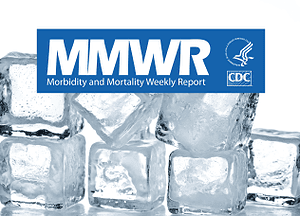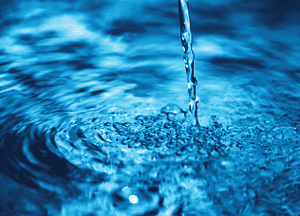The Centers for Disease Control and Prevention (CDC) has released a report summarizing waterborne disease outbreaks in the United States between 2015 and 2020. The report Surveillance of Waterborne Disease Outbreaks Associated with Drinking Water includes data voluntarily reported by public health agencies to the CDC through the National Outbreak Reporting System (NORS). Data reported includes the waterborne pathogen implicated, outbreak-contributing factors (i.e., practices and factors that lead to outbreaks), and the setting of exposure (e.g., hospital or health care facility; hotel, motel, lodge, or inn).
Outbreaks from drinking water
During the surveillance period, 214 outbreaks associated with drinking water were reported, resulting in at least:
- 2,140 cases of illness
- 563 hospitalizations (26% of cases)
- 88 deaths (4% of cases)
The report found that 80% of outbreaks were linked to public water systems, including municipal water systems or water systems that serve an institution, camp, park, hotel, or business. The remaining outbreaks were linked to unknown water systems (10%), individual or private systems (8%), and other systems (.9%).
Most implicated waterborne pathogen: Legionella
Legionella caused 98% of biofilm-associated outbreaks, followed by nontuberculous mycobacteria (NTM) at 1% and Pseudomonas at 0.5%.
Over the study period, the number of Legionella-associated outbreaks increased, with Legionella being the most common cause of public water system outbreaks, responsible for 92% of outbreaks, 97% of hospitalizations, and 97% of related deaths.
Leading contributing factor: Building plumbing systems
Building plumbing systems were the most cited contributing factor type for all biofilm-associated pathogen outbreaks. The most reported building plumbing contributing factors were:
- Legionella species in the building water system
- Legionella growth-promoting water temperatures and permissive chlorine levels within the building potable water system
- Water temperature ≥86°F
- Aging plumbing components (e.g., pipes, tanks, and valves)
Out of 214 reported outbreaks, 183, or 86%, included information on water treatment. Among these outbreaks, 116 (54%) drinking water systems reported using disinfection as a water treatment method, 49 (23%) systems had an unknown water treatment, and 17 (8%) drinking water systems reported having no water treatment at all.
Chlorine was the most used disinfection method and was used in 37% of all outbreaks. Chloramine was used in 6% of outbreaks, while the remaining outbreaks either used an unknown water disinfection method or the method was not listed.
Most common exposure settings: Hospitals and hotels
Healthcare facilities (e.g., hospitals, long-term care, assisted living, or rehabilitation facilities) were identified as the exposure setting in 53% of outbreaks, causing 66% of hospitalizations and 87% of deaths. Legionella was implicated in over half of the healthcare-associated outbreaks, causing 65% of hospitalizations and 85% of deaths. Hotels, motels, lodges, or inns were the second highest exposure setting for outbreaks. They were implicated in 16% of outbreaks, all of which were caused by Legionella.
Importance of water treatment and management in preventing outbreaks
The CDC report highlights the growing concern of waterborne pathogens in US drinking water. Legionella was identified as the most common waterborne pathogen, causing the majority of biofilm-associated outbreaks and being responsible for the highest number of public water system outbreaks, hospitalizations, and related deaths. Effective water treatment and management of building plumbing systems is critical to prevent outbreaks and ensure safe drinking water in healthcare and non-healthcare settings.
References
Centers for Disease Control and Prevention. (2024). Surveillance of Waterborne Disease Outbreaks Associated with Drinking Water — United States, 2015–2020. Morbidity and Mortality Weekly Report | CDC

